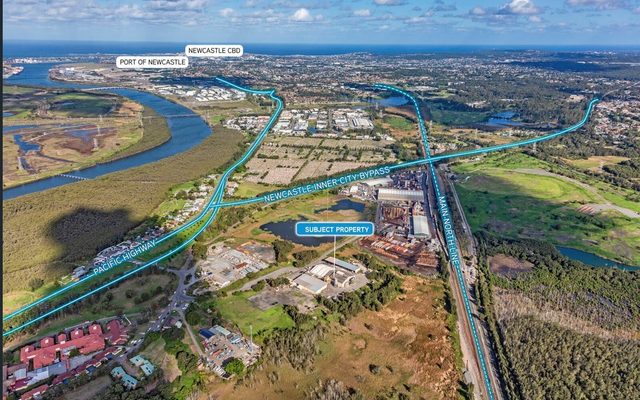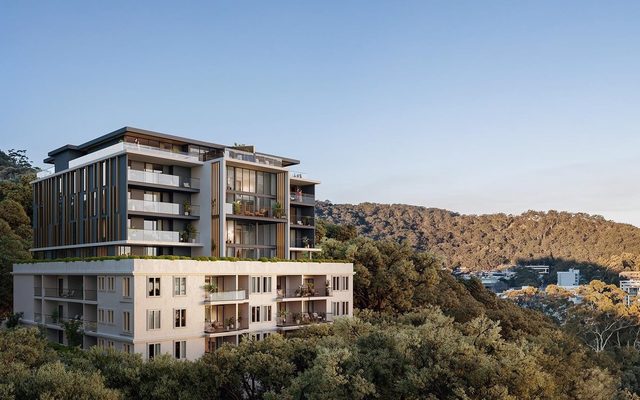This article is from the Australian Property Journal archive
THERE is no nationwide housing bubble, a leading economist has declared. However, Sydney is showing the same traits of the IT bubble in the early 2000s, as soaring prices are interpreted as a strong growth story.

/* Style Definitions */
table.MsoNormalTable
{mso-style-name:”Table Normal”;
mso-tstyle-rowband-size:0;
mso-tstyle-colband-size:0;
mso-style-noshow:yes;
mso-style-priority:99;
mso-style-qformat:yes;
mso-style-parent:”;
mso-padding-alt:0cm 5.4pt 0cm 5.4pt;
mso-para-margin:0cm;
mso-para-margin-bottom:.0001pt;
mso-pagination:widow-orphan;
font-size:10.0pt;
font-family:”Times New Roman”,”serif”;
mso-fareast-language:EN-US;}
In his latest research note, HSBC`s chief economist Paul Bloxham noted that national house prices have risen 24% over the past three years however it has not been uniform. Whilst the rest of the country increased by 10%, Sydney soared by 39% and Melbourne by 22%.
Bloxham said at the current pace of 24%, house prices have significantly outpaced household disposable income growth.
“But, from a national perspective these gains do not appear excessive. Indeed, the housing-price to income ratio is only now just reaching its previous peak levels. However, the national story hides some more worrisome regional trends.
“Sydney housing prices have risen by 39% over the past three years, much faster than the other cities. Housing prices are also still rising in Sydney at a 15% y-o-y rate.
“We have few concerns about a nation-wide bubble, but the Sydney market has an exuberance that is worrisome.
“The trends in Sydney and Melbourne are what should be expected, given that these cities have the least exposure to the mining sector,” Bloxham said.
“At the same time, this is how `bubbles` can form. What looks like a strong growth story, based on fundamentals (think: the IT bubble of the early 2000s), sees rising investor interest and, at some point, prices rise ahead of fundamentals.
“The market gets exuberant, as investors begin to believe that prices can only go up,” he added.
Bloxham said the Sydney housing market is showing some of these more worrisome traits and has been for some time now.
“Investors continue to dominate the Sydney market, prices are rising at 15% y-o-y and auction clearance rates are around record highs.
“The main driver of the ramp up in housing prices continues to be investors, rather than first home buyers or repeat purchasers for owner occupation. This is more unexpected. Investor loan approvals have risen by 112% since their trough in 2011, while loans to repeat buyers are up 47% and first home buyer loan approvals have only risen by 13%,” he continued.
“Although investors in Australia`s housing market tend to be lower risk borrowers, increased investor interest can provide a tell-tale sign that the market is overly exuberant. In Australia, investors tend to have lower loan-to-valuation ratios than owner-occupiers, to be older households with equity in an owner-occupied dwelling and have higher incomes than first home buyers. This tends to make them a safer risk for lenders.
“However, investors are also typically involved in the housing market on the expectation of capital gains. A high level of investor involvement is therefore a signal of a growing speculative dynamic that may be worrisome. If this begins to feed on itself, with expectations of capital gains starting to drive further capital gains, a bubble could form,” Bloxham warned.
Bloxham said concerns about the housing market are also likely the key reason why the Reserve Bank has been reluctant to have an explicit `easing bias`, despite below-trend growth and the desire to see the AUD fall further.
“The RBA continues to face a tricky balancing act. Low interest rates are needed to continue to support the rebalancing of growth, as mining investment continues to fall.
“But, interest rates have now been low for quite some time and they are starting to drive potential asset price bubbles in some parts of the economy,”
“The key problem relates to the fact that the RBA`s cash rate is, and always has been, a blunt instrument. Low interest rates are having their strongest effect on housing prices, which is flowing through to a residential construction boom and a pick-up in durable goods sales. However, the transmission of this effect to business investment and hiring – which is what the central bank would really like to see – has, so far, been weak,” he said.
The other driver of the Sydney and Melbourne housing markets has been significant foreign investor interest, particularly in the apartment markets.
Bloxham said the recent fall in the AUD, particularly against the Chinese Renminbi, could mean that foreign interest in the housing market continues to rise.
“Further falls in the currency could continue to support this growing foreign interest,” he concluded.
Australian Property Journal



